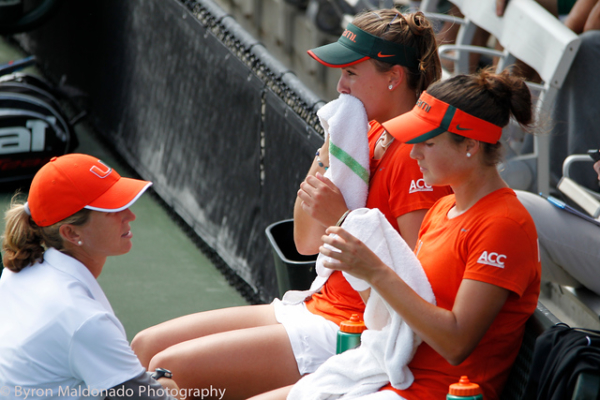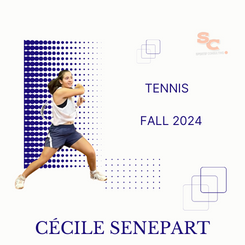
Quite a number of famous players such as John McEnroe went through the American college system. Nowadays, more and more players decide to play tennis in the USA to prepare themselves in the most effective manner into a professional career. However, college tennis is not only for top national players, this experience is also for all the players who simply play the sport because they love to improve, compete and be part of a team while earning their degree
What does the season look like?
When you are not in the regular season from September to December you mainly have strength & conditioning training and practice sessions. However, the ITA runs several other events through this period in which you may participate.
College tennis is a spring sport. The season begins in January and ends in May. The first team matches start in January, and lead to the team championships in May. Depending on how far your college team advances in the conference you could have between 20 and 25 games in the spring. The match format is 3 doubles followed by 6 singles.
How many universities?
Number of universities with women tennis teams: 1100
Number of universities with men tennis teams: 950
What is the scholarship situation?
Men:
- NCAA I : 4.5
- NCAA II : 4.5
- NAIA : 5
- Junior College : 9
Women:
- NCAA I : 8
- NCAA II : 6
- NAIA : 5
- Junior College : 9
Each university offering college sports must apply for an affiliation to a college sports division, the major ones being the ones below:
- NCAA
- NAIA
- Junior College (NJCAA)
The National College Athletics Association (NCAA) is the most well-known sports organization in the USA. The NCAA is the governing body for around 1200 schools. It consists of three divisions (Division I, II, and III).
Divisions I and II are the only ones which offer athletic scholarships whereas Division III can only offer academic scholarships.
NCAA Division I schools are mostly large public universities whereas NCAA Division II schools are mostly small private universities.
The NCAA D1 is very competitive and has stricter eligibility requirements. The NCAA D2 schools are somewhat more flexible.
The National Association of Intercollegiate Athletes (NAIA) is the governing body for around 250 schools. It is mostly comprised of smaller private universities. The athletic and academic standards aren’t as high as with the NCAA.
The National Junior College Athletic Association (NJCAA) is made up of 2-year community colleges. In the United States, community colleges are usually small, and have few academic requirements for acceptance.
The NJCAA is a good option for students who didn’t get accepted to the NCAA or NAIA because of academics. The NJCAA is also a good way for foreign players to get noticed by NCAA coaches.






